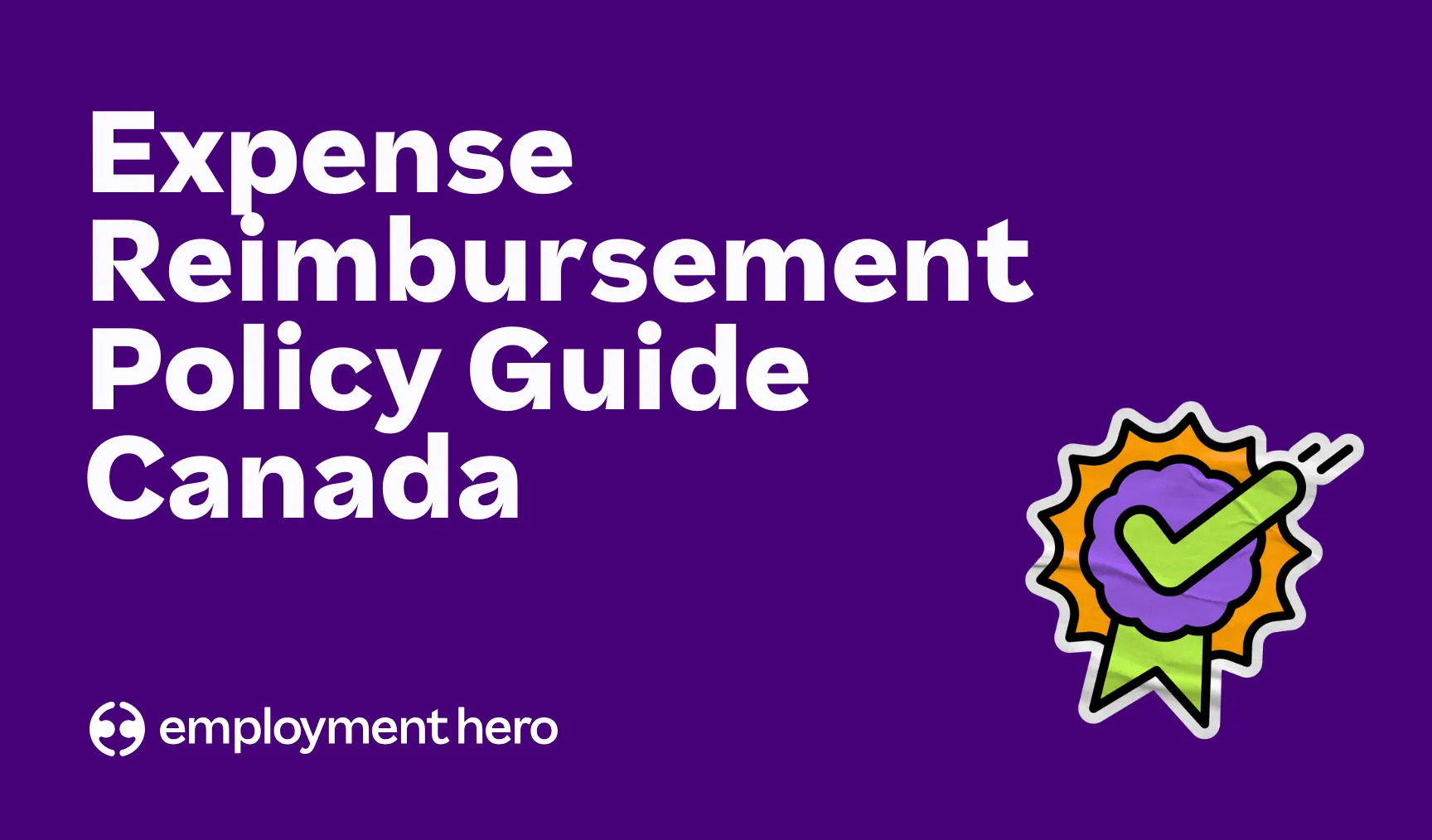How to create an employee handbook in Canada
Published
How to create an employee handbook in Canada
Published

A great handbook isn’t just admin, it’s your blueprint for a fair, consistent and compliant workplace. This guide shows Canadian employers how to build a handbook that actually works: clear enough to protect you, practical enough to use every day and human enough to reflect your culture.
What’s inside the guide
- The legal must-haves for a compliant Canadian employee handbook
- How often to review and update policies (and who should sign off)
- What to include for onboarding, conduct, leave and safety
- Common provincial differences across Ontario, Québec, BC and Alberta
- Free templates and resources to help you get started fast
How to create a Canadian employee handbook FAQs
An employee handbook is a document that outlines your company’s key policies, procedures and expectations. In Canada, it helps employers stay compliant with federal and provincial laws while keeping the workplace fair and consistent. A well-written handbook builds trust and protects both your business and your employees.
No, there’s no single law that requires you to have an employee handbook. However, many provincial regulations — like Ontario’s Employment Standards Act or British Columbia’s Employment Standards Act — make it essential to clearly communicate workplace policies. A handbook helps you meet those obligations in one central place.
Your handbook should include the essentials that protect your people and business, such as:
- Workplace violence and harassment prevention
- Health and safety
- Overtime and leave rules
- Privacy and data handling
- Code of conduct
Including these policies ensures compliance and builds clarity from day one.
Review your employee handbook at least once a year or whenever employment standards change. Laws evolve across provinces — for example, updates to Ontario’s leave entitlements or Alberta’s overtime rules — so keeping your handbook current ensures ongoing compliance and credibility.
An employment contract is a legally binding agreement between an employer and employee. The employee handbook, on the other hand, explains how those legal terms apply in daily operations. It’s not a contract — it’s a practical guide for how your workplace functions and how employees can uphold company values.
In most provinces, an English version is sufficient. However, in Québec, the Act Respecting Labour Standards and language laws often require that your handbook be available in French. Providing both English and French versions ensures accessibility and compliance.
Make the handbook part of your onboarding process. Ask each employee to read and sign it digitally, and confirm receipt after probation. Regularly communicate policy updates and encourage questions. This keeps your workplace transparent, consistent and engaged.
To download the guide, we just need a few quick details.
Related Resources
-
 Read more: Expense Reimbursement Policy Guide Canada
Read more: Expense Reimbursement Policy Guide CanadaExpense Reimbursement Policy Guide Canada
Download a free expense reimbursement policy guide for Canadian businesses. Learn how to create a clear, compliant policy for managing…
-
 Read more: The professional development plan Canada’s top teams use
Read more: The professional development plan Canada’s top teams useThe professional development plan Canada’s top teams use
Download a free professional development plan template for Canadian businesses. Help employees set goals, track progress and achieve career growth.
-
 Read more: HR Managers: Don’t just survive the festive season, master it
Read more: HR Managers: Don’t just survive the festive season, master itHR Managers: Don’t just survive the festive season, master it
Make year-end easier: manage time-off, payroll, parties and shutdowns with confidence. Get practical tips for Canadian SMBs. Download the free…


















